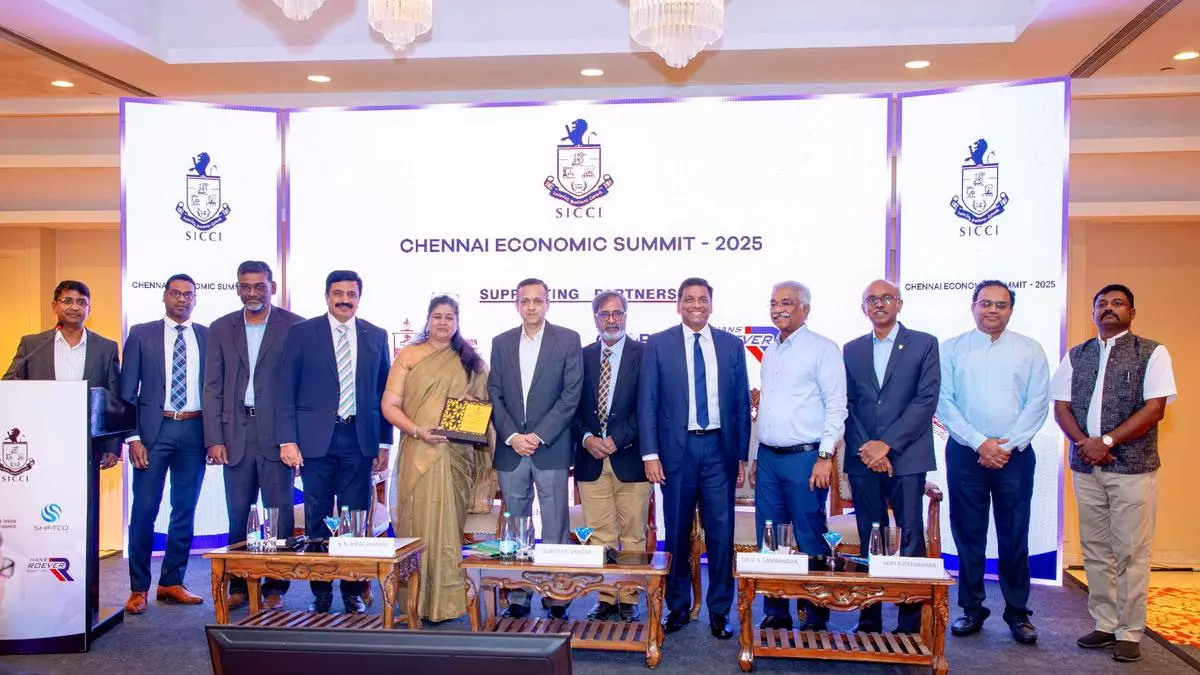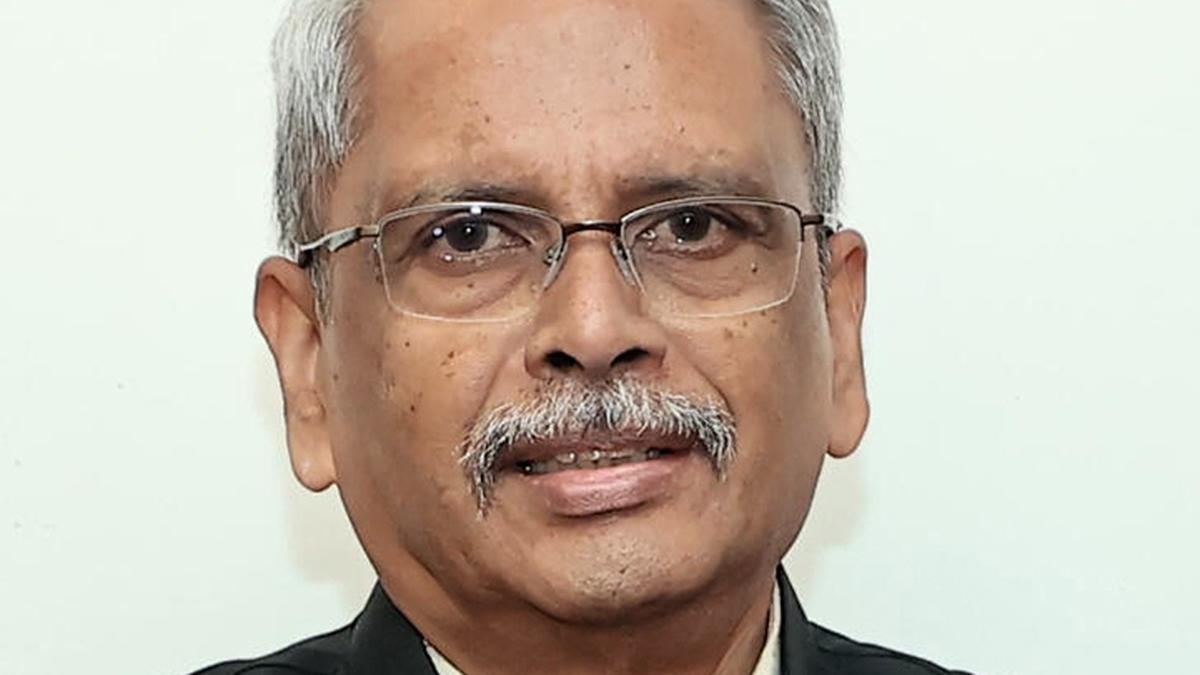The Ministry of Power has said that the tariff for supplying electricity to electric vehicle (EV) battery charging and swapping stations shall be a single part tariff, which should not exceed the Average Cost of Supply (AcoS) till March 2028. The Ministry last week released the guidelines for operation of battery swapping and charging stations, which is part of its efforts to promote swapping as an alternative to powering EVs. Besides, the guidelines state that the cost of supply by Distribution Licensee (Discom) to EV battery charging stations will be 0.7 times of ACoS during solar hours and 1.3 times ACoS during non-solar hours.
Solar hours means 9:00 AM to 4:00 PM, which the non-solar hours is the remaining period of the day. Separate metering arrangements shall be made so that consumption may be recorded and billed as per applicable tariff for battery charging and swapping stations.
Battery as a service
Besides promoting battery swapping as an alternative, the objective of these guidelines is also to promote battery as a service (BaaS) and develop a battery swapping ecosystem.
BaaS is a business model where the manufacturer of battery swapping equipment or a third-party provider owns and manages swappable EV batteries, leasing or renting them to owners or fleet operators.
These stations can also help with battery-to-grid (B2G), which is a system where swappable batteries, typically from EVs or Battery Swapping Stations (BSS), can not only store energy for use but also supply electricity back to the power grid when needed.
Owners of battery charging stations (BCS) or BSS shall be permitted to use an existing electricity connection with or without seeking an increase in the connected load, for charging the swappable batteries. Both BSS or BCS may deploy liquid-cooled swappable batteries for larger vehicles such as trucks and buses.
The Bureau of Energy Efficiency (BEE) will act as the central nodal authority to monitor the implementation of these guidelines. A central steering committee chaired by the Additional Secretary Power Ministry including members from relevant Ministries, representative from States, BEE and the Central Electricity Authority (CEA) will review the implementation of these guidelines.
Battery swapping market
Battery swapping, particularly for two- and three-wheelers, is emerging as a popular solution in India, with major auto companies investing in battery-swapping technologies to make EVs more affordable and accessible, says market intelligence firm 1Lattice. For instance, big players like Honda (Honda Power Pack Energy India), Hero MotoCorp and Canada’s Magna are investing to expand battery swapping centres and technologies for e-rickshaws, light EVs, etc. across India.
Abhishek Maiti, Director (Industrial Goods and Services) at 1Lattice, said with India’s EV market set to reach $ 3.7 billion by 2030, fast-charging technologies and battery-swapping solutions are key to addressing range anxiety and making EV adoption more practical for everyday users.
States such as Uttar Pradesh, Kerala, Rajasthan, and Haryana provide various subsidies/ incentives for development of EV charging and swapping infrastructure.
Globally, the EV charging infrastructure market is poised to expand significantly, with revenues projected to surge from $25.9 billion in 2023 to $164 billion by 2030, reflecting a compound annual growth rate (CAGR) of around 12 per cent.
In India, the growth is expected at a CAGR of 16 per cent, 1Lattice expects.








Leave a Comment